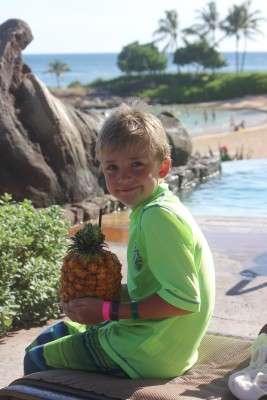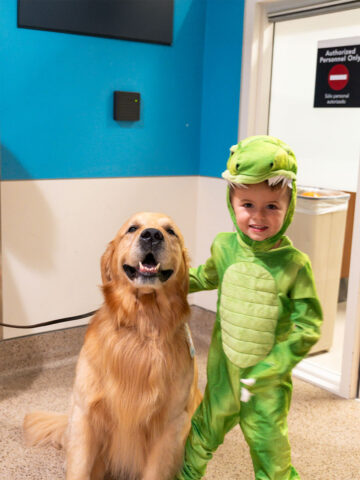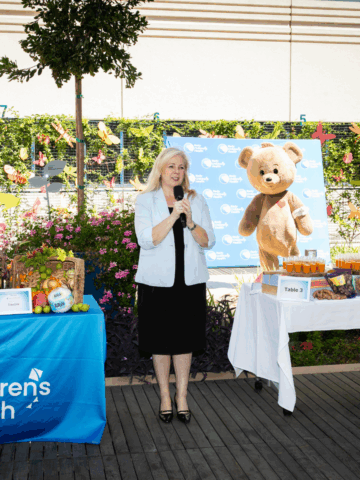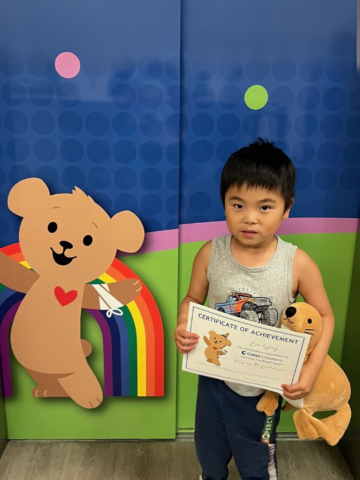 Before coming to CHOC, Pacer Lybbert had never eaten a Cheerio, a piece of toast or even a spoonful of yogurt. He was almost 4 and had never enjoyed birthday cake, Halloween candy or a Thanksgiving dinner with his family. Since birth, Pacer had received almost all of his nutrition through a feeding tube.
Before coming to CHOC, Pacer Lybbert had never eaten a Cheerio, a piece of toast or even a spoonful of yogurt. He was almost 4 and had never enjoyed birthday cake, Halloween candy or a Thanksgiving dinner with his family. Since birth, Pacer had received almost all of his nutrition through a feeding tube.
Quinn and Mekell Lybbert may never know why their son, now 7, was born unable to swallow. Everything was fine at first, but within a couple of weeks it was clear their baby was struggling to eat. Finally, there was no choice but to put a feeding tube through their infant’s nose. It was supposed to be a short-term fix, but as Pacer grew older, and efforts to help him failed, he had to have a gastric tube inserted directly into his stomach.
Quinn and Mekell had resigned themselves to the possibility that Pacer would need a feeding tube for life. Then, they met a little boy near their new home in Montana who had been successfully treated for a similar problem at the CHOC Multidisciplinary Feeding Program. Mekell immediately called CHOC.
Five weeks after coming to CHOC, Pacer’s feeding tube was removed. He left for home eating equal parts solid food and a liquid nutritional supplement. Six months later, Pacer was eating regular food with his family — and asking for seconds.
“The interdisciplinary approach is what made this program so different and why it was so successful,” Mekell said. “We had so many people working together as a team trying to figure this out. Had we not gone to CHOC, Pacer would still have a feeding tube.”





